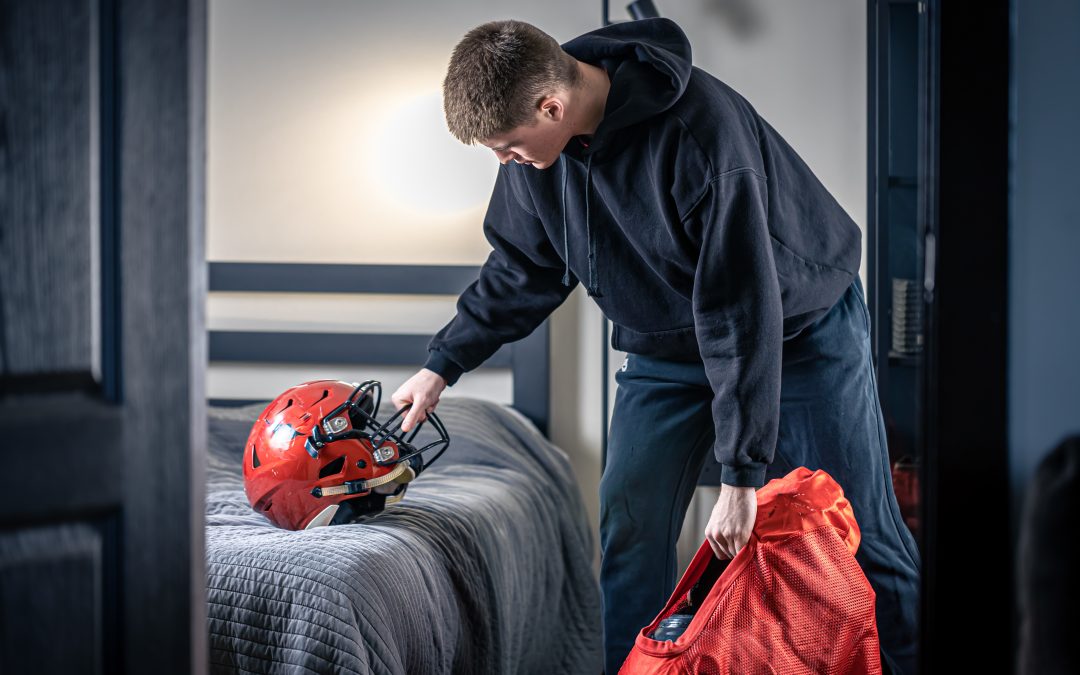Erica Rodriguez, PT, DPT, CSCS
The goal for collegiate sports is maximizing strength and conditioning during workouts to achieve victory during competition. The win at all costs and culture of toughness have been a contributor in leading to sudden death in collegiate athletes. The phrases such as “water is for the weak” have been instilled in us as competitive athletes. We have somehow have related needing a water break as being soft instead of overheated or overexerted. Even though sudden death is a rare occurrence we can still take note of factors to reduce the risk for student-athletes.
The three most common causes of fatalities are exercise-related sudden death associated with sickle cell trait (SCT), exertional heat stroke, and cardiac conditions in football. The majority of these deaths were Division I football players, with 21 deaths between 2000 and 2012. The introduction of heat acclimatization procedures have been effective to reduce these deaths overall, and now the NCAA reports 1 sudden cardiac death in every 40,000 student-athletes per year.
An important factor to consider is gradual and progressive phasing to improve exercise acclimatization. The first 7 to 10 days are referred to as the transitional periods. Athletes are most likely to experience sudden death during the first days of preseason or after a long break of this transitional period. These periods should include the strength and conditioning coach and medical staff to ensure they are carried out properly. The medical staff includes a certified athletic trainer and team physician. The NSCA recommends a work-to-rest-ration of 1:4 when conducting more intense exercises to allow for proper recovery. However, some individuals may need a longer acclimatization period due to an injury or decreased conditioning level.
The strength and conditioning coach should be present during all strength and conditioning sessions to provide assistance to the athletes. When participating in more intense exercise such as sprinting or timed sessions, an athletic trainer or team physician should be present. A meeting should be held each semester and training season with the medical team to review at-risk athletes and those with preexisting medical conditions.
According to the NCAA, the leading medical cause of death in college athletes remains sudden death from a heart condition. The NCAA has worked closely with medical professionals to educate and promote research to battle this issue. They have established that medical care professionals should make decisions for student-athletes instead of coaches. The NCAA’s Sport Science Institute has collaborated with the appropriate individuals including, but not limited to, the Committee on Competitive Safeguards and Medical Aspects of Sports (CSMAS) to improve the safety of all student-athletes.
Although sudden death while training is rare, we can still be proactive to prevent or aid in the survival of these athletes. The first step is correct questioning and examination during physicals. Allowing water breaks at appropriate times can prevent athletes from becoming overheated. Also, having a systematic emergency response protocol and quick use of an AED could increase survival rates for young athletes if they experience cardiac arrest. The collaboration of trained staff and medical professionals with education on protocols will continue to benefit the overall health of student-athletes.
Casa, Douglas J, et al. “The Inter-Association Task Force for Preventing Sudden Death in Collegiate Conditioning Sessions: Best Practices Recommendations.” Journal of Athletic Training, National Athletic Trainers Association, 2012, www.ncbi.nlm.nih.gov/pmc/articles/PMC3396308/.
Fanous, Yehia, and Paul Dorian. “The Prevention and Management of Sudden Cardiac Arrest in Athletes.” CMAJ, CMAJ, 15 July 2019, www.cmaj.ca/content/191/28/E787.









